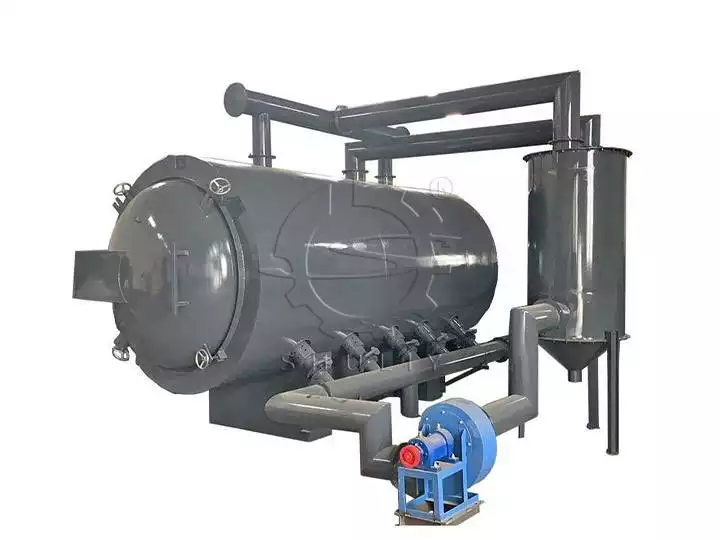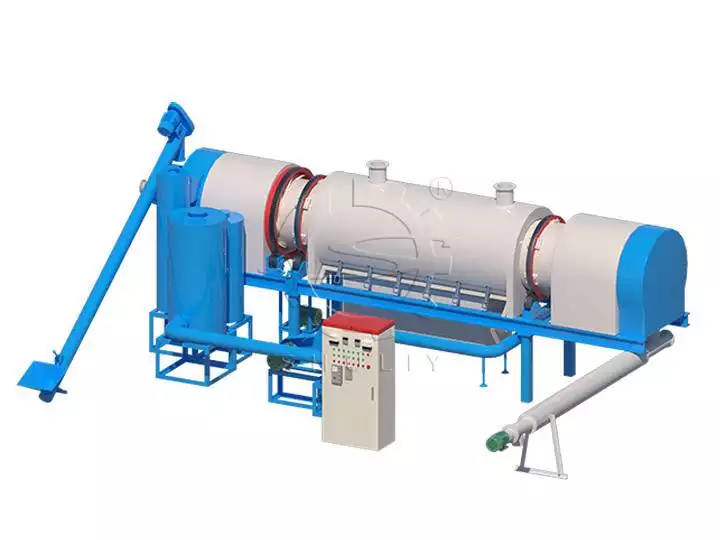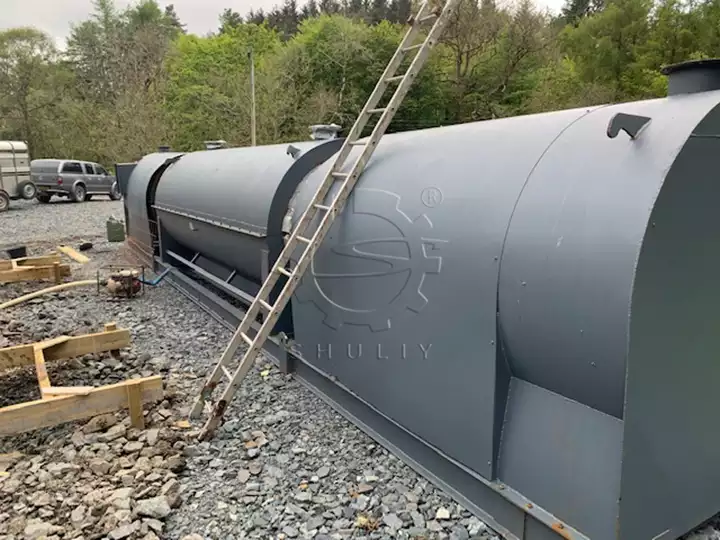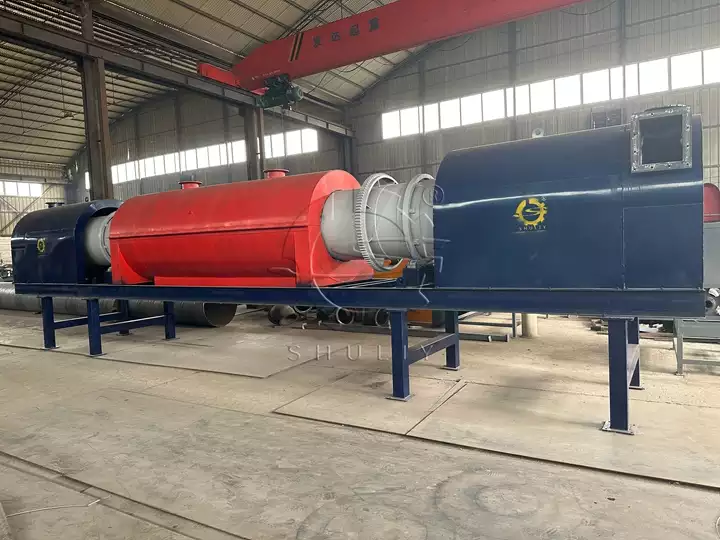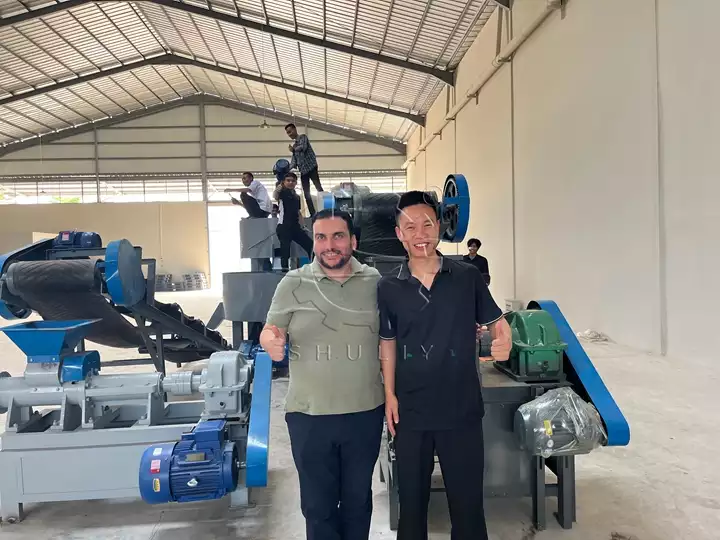What is the carbonization process?
Table of Contents
Carbonization is the process of converting organic materials into solid carbon through a series of chemical reactions at high temperatures and in the absence of oxygen. We call this process as carbonization process.

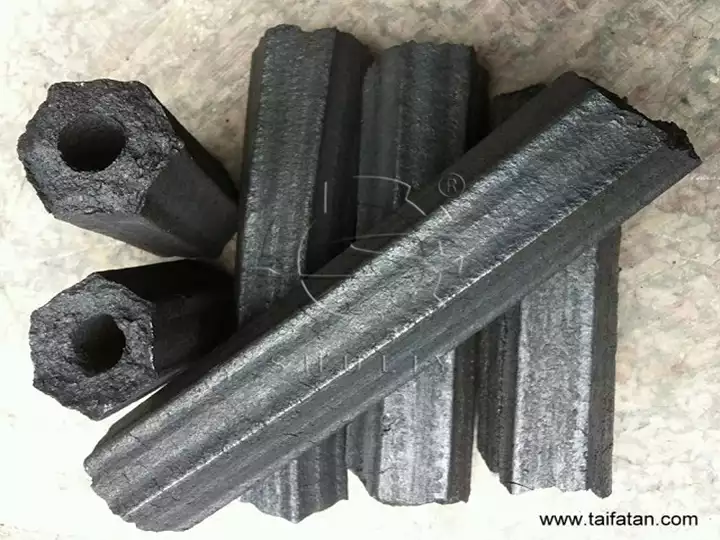
This carbonization process involves placing wood, plant residues, waste or other organic materials in special equipment, which then triggers decomposition and carbonization reactions under controlled temperature and oxygen supply conditions, ultimately producing charcoal or other forms of carbon products.
Carbonization not only converts organic materials into efficient fuels, but it also helps to reduce waste and protect the environment. In this article, we will delve into the specific steps of the carbonization process and the equipment involved.
Steps in the carbonization process
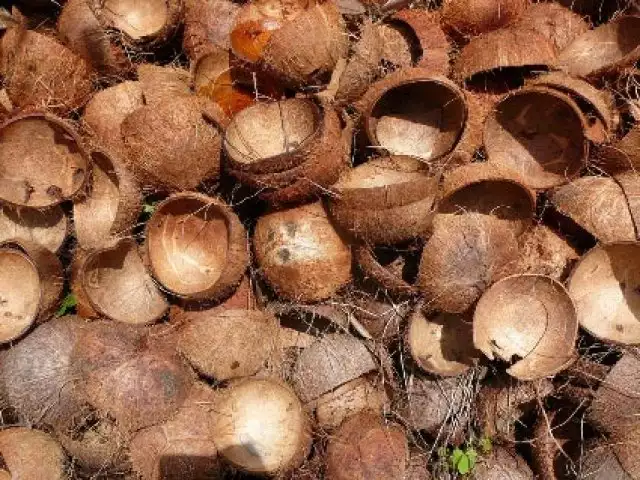
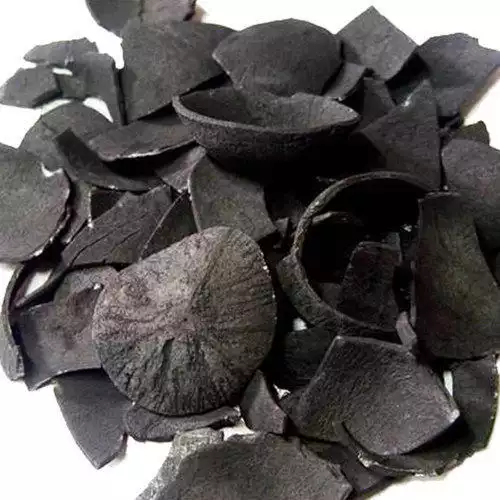
Step 1: Pre-treatment
The organic material first needs to be collected and stored, and then subjected to preliminary treatments such as removal of impurities, cutting and shredding to make carbonisation easier.
Step 2: Loading or feeding
The pre-treated organic material is loaded into carbonisation ovens or carbonization equipment. Often feeders, screw conveyors, etc. are used for sending raw materials to the deaigated places. Carbonization plants usually include horizontal carbonization oven, continuous carbonisation plant and vertical carbonisation oven.
Step 3: Heating
The charcoal oven is heated up using an ignition device or by burning wood types, and the loaded organic material is gradually heated up with a controlled supply of oxygen. During the heating process, the material releases moisture and volatile organic compounds.
Step 4: Carbonization
Once warmed to a certain temperature, organic materials begin to carbonize. During this carbonization process, the material at high temperatures decomposes and the carbon in it begins to crystallize and form solid carbon.
Step 5: Cooling
Once carbonization is complete, the resulting solid carbon needs to be cooled because of the high temperature. This can be done by stopping or reducing heating and allowing the carbon to slowly cool to room temperature.
Step 6: Collection and processing
The cooled solid carbon, also known as charcoal or other forms of carbon material, can be collected and processed. This includes screening, grinding, pulverizing or molding to obtain the desired shape and particle size.
Equipment used in the carbonization process
As a professional charcoal machine manufacturer and supplier, we have three kinds of equipment for you to choose from:
Horizontal charring oven: traditional charring equipment, usually used for small-scale production.
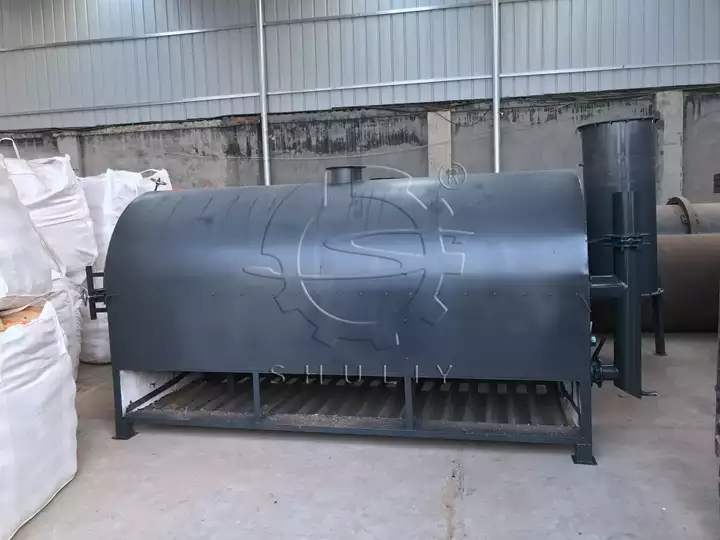
Continuous carbonization equipment: these allow for continuous carbonization and are suitable for large-scale production.

Hoisted carbonization oven: it is usually used to prepare special types of charcoal such as bamboo
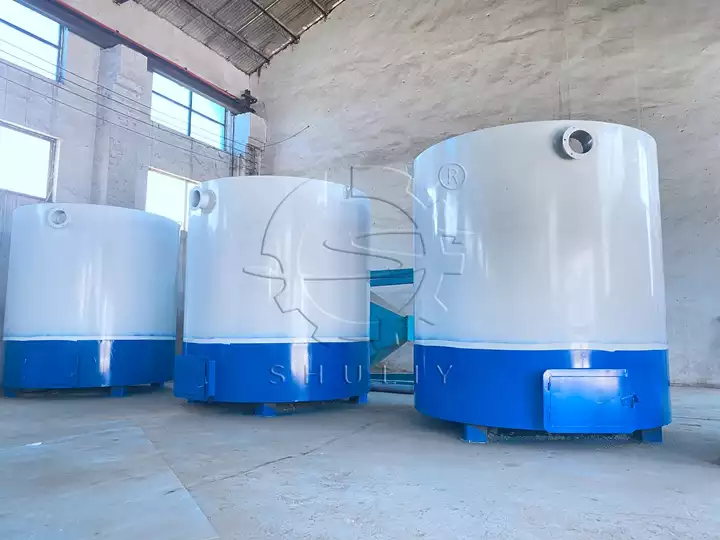
Each type of t carbonization equipment has its own advantages and suitability, depending on the scale of production, the raw material and the requirements of the final product. If you are interested, welcome to contact us for more information.

